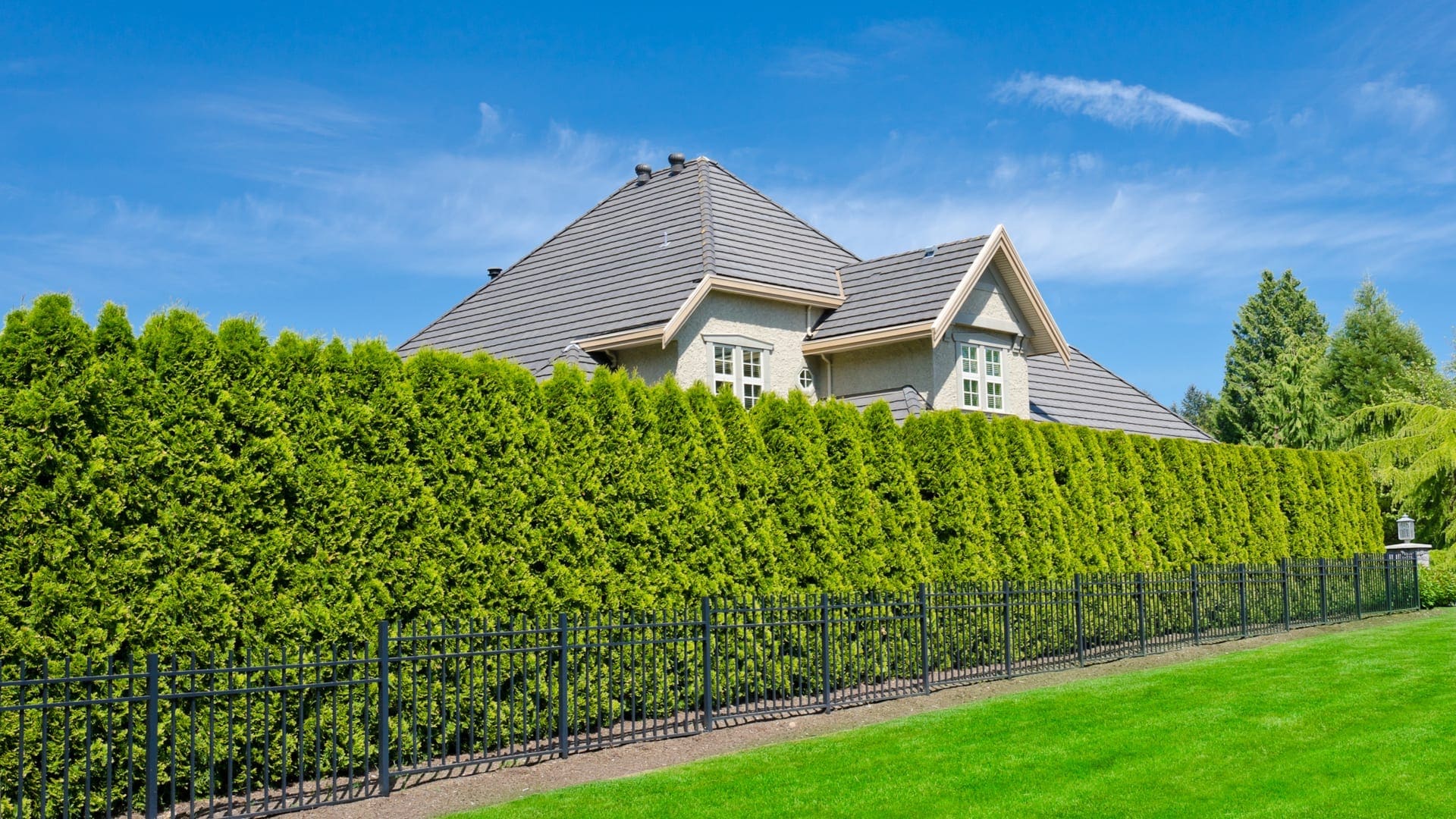Adding a hedge to your garden or yard can provide privacy, shelter, decoration, and wildlife habitat. But for your new hedge to thrive it’s crucial to plant it at the right time of year. Planting during the ideal seasons will give the young shrubs and trees the best opportunity to settle in and establish deep root systems before growing vigorously above ground.
Key Timing Considerations
The optimum planting time depends on several factors
- Type of plants – Evergreen, deciduous, bare root or container grown
- Climate and weather conditions
- Soil preparation
- Shelter for new plants
Paying attention to these elements will ensure your new hedge gets its healthiest start possible. Here is an overview of the best times to plant various hedge plants
For Bare Root Hedges
Bare root hedging plants have their soil washed off before shipping and sale. This allows easy inspection of the root system before planting. Popular bare root hedging species include beech, hornbeam, hazel, hawthorn, blackthorn and many fruit trees.
The ideal bare root planting window is:
- Mid to late autumn – October through December
- Early spring – February to March
Avoid planting bare root hedges in summer when hot, dry conditions put extra stress on new transplants. Also steer clear of winter months when the ground may be frozen or waterlogged.
For Rootballed Evergreens
Many evergreen hedging plants like yew, boxwood, laurel and photinia are sold rootballed. This means the roots are balled in burlap or other material. Rootballed plants can be planted:
- Early autumn – September and October
- Spring – April and May
The soil is still warm enough during these periods to encourage quick root growth before winter dormancy or summer heat.
For Container Grown Hedges
Potted hedging plants with established root systems can be planted anytime the ground is workable and not frozen. However for best results, follow the planting guidelines above if possible. Water container plants regularly in summer heat or winter cold spells.
Prepare the Soil Well in Advance
Regardless of planting season, preparing the soil a few weeks prior provides the best growing foundation. Steps for great soil prep:
- Loosen soil to 12-18 inches depth
- Remove weeds, rocks and debris
- Mix in aged manure, compost and fertilizer
- Create raised planting beds in wet areas
Amending heavy clay or sandy soils will improve drainage and nutrition.
Provide Temporary Wind Shelter
Newly planted hedges benefit from wind protection while roots establish. Drive sturdy stakes into the ground and attach burlap, shade cloth, or flexible fencing to create a sheltered microclimate.
Ongoing Care After Planting
Proper aftercare ensures your new hedge thrives:
- Water deeply and regularly the first 2 years
- Apply mulch around bases to conserve moisture
- Stake large trees to prevent wind damage
- Weed and loosen soil to improve drainage
- Prune lightly in early years to promote dense growth
By planting your hedge during the ideal season and providing attentive aftercare, you’ll be rewarded with a robust, beautiful living boundary sooner than you think!
How and When to Plant Trees and Shrubs
FAQ
What is the best month to plant shrubs?
When should I start laying hedges?
What plant makes the perfect hedge?
When should you plant a hedge?
Evergreen and semi-evergreen hedges: Early autumn is ideal for hedging plants such as box, privet (semi-evergreen) and yew. However, they can be planted at any time from late autumn until late winter Deciduous hedges: Plant beech, hawthorn and hornbeam any time from leaf fall. This is typically from mid-autumn until late winter
When is the best time to plant shrubs?
The best time to plant shrubs depend on the type of shrub, and whether it will be planted direct in the ground, or as part of your container gardening ideas. You might be eager to establish some plants in your garden as soon as possible and choose fast growing shrubs for that reason.
When should you plant evergreen shrubs?
Evergreen shrubs, which keep their leaves year-round, can be planted in the spring or fall. It is also essential to consider the mature size of the shrub when planting. Larger shrubs should be planted in the fall, while smaller shrubs can be planted in the spring.
How long does it take to grow a hedge?
Work soil between the roots, firm plants in so that soil is in close contact with the roots. Water if the soil is dry Hedges might take three to seven years to attain their desired size. You can buy semi-mature hedges which, although costly, will give an instant hedge. Semi-mature plants require extra care in planting and watering.
- A Complete Guide to Caring for Yuki Cherry Blossom Shrub - January 23, 2025
- Identifying Red Hot Poker Seeds: What to Look For When Harvesting Torch Lily Pods - January 23, 2025
- A Complete Guide to Harvesting Evening Primrose Seeds - January 23, 2025

